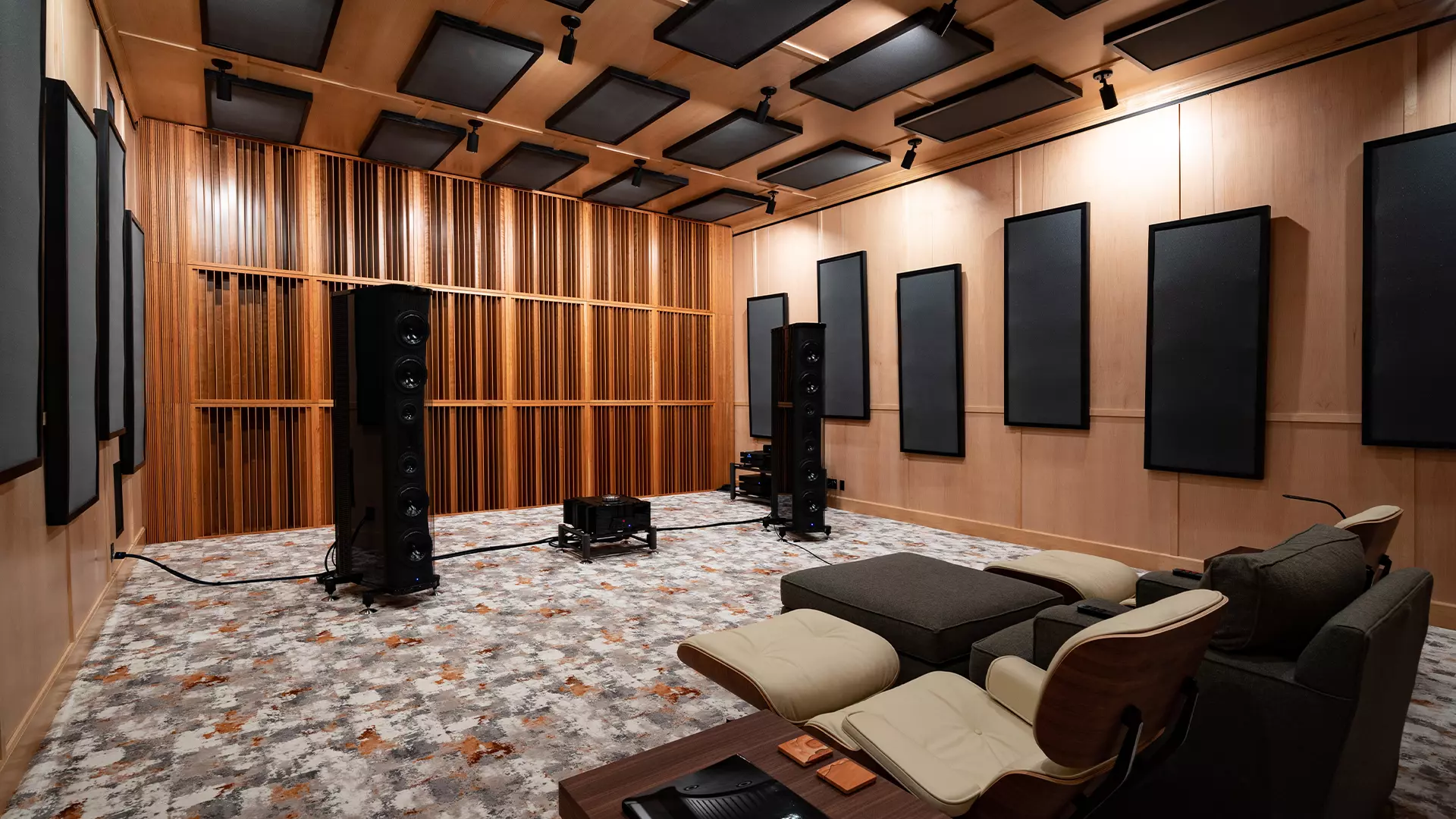In the ever-evolving landscape of noise control technology, acoustic research and development (R&D) play a pivotal role in driving innovation and progress. This article explores the multifaceted contributions of acoustic R&D to the advancement of noise control technology, examining key areas of focus, emerging trends, and future prospects.
Introduction to Acoustic Research and Development
Acoustic R&D encompasses a diverse range of scientific disciplines, engineering principles, and technological innovations aimed at understanding, measuring, and controlling sound. We’ll provide an overview of the fundamental concepts and methodologies employed in acoustic R&D, including acoustics, vibration analysis, signal processing, and materials science.
Innovations in Noise Reduction Materials
One of the primary objectives of acoustic R&D is the development of advanced materials with superior noise reduction properties. We’ll explore recent breakthroughs in the field of noise reduction materials, including sound-absorbing foams, acoustic panels, and composite structures. Additionally, we’ll discuss the role of nanotechnology in creating lightweight, high-performance materials for noise control applications.
Advancements in Active Noise Control Systems
Active noise control (ANC) systems represent a cutting-edge approach to noise reduction, leveraging advanced signal processing algorithms and adaptive control techniques to cancel out unwanted sound waves. We’ll delve into the principles of ANC technology, highlighting recent advancements in real-time noise cancellation systems for automotive, aerospace, and industrial applications.
Integration of Artificial Intelligence and Machine Learning
The integration of artificial intelligence (AI) and machine learning (ML) technologies has revolutionized acoustic R&D, enabling researchers to analyze vast amounts of data, optimize system performance, and develop predictive models for noise control applications. We’ll explore the role of AI and ML in acoustic simulation, optimization, and predictive maintenance, with a focus on their potential to drive innovation in noise control technology.
Emerging Trends in Environmental Noise Monitoring
Environmental noise monitoring is an essential aspect of acoustic R&D, providing valuable insights into the impact of noise pollution on human health and the environment. We’ll examine emerging trends in noise monitoring technologies, including the use of remote sensing devices, wireless sensor networks, and data analytics platforms to assess noise levels, identify sources of pollution, and inform urban planning decisions.
Collaborative Research Initiatives and Industry Partnerships
Collaborative research initiatives and industry partnerships play a crucial role in accelerating the pace of innovation in acoustic R&D. We’ll highlight examples of successful collaborations between academia, government agencies, and private sector companies, focusing on their contributions to the development of new noise control solutions, standards, and best practices.
Future Directions and Opportunities
As we look to the future, acoustic R&D holds tremendous promise for addressing the complex challenges of noise pollution in our increasingly urbanized world. We’ll discuss potential future directions for acoustic research, including the development of smart cities with integrated noise monitoring and management systems, the adoption of eco-friendly materials and technologies, and the exploration of novel approaches to noise control inspired by nature.
In conclusion, acoustic research and development are essential drivers of innovation in noise control technology, shaping the way we understand, measure, and mitigate sound in our environment. By embracing interdisciplinary collaboration, leveraging cutting-edge technologies, and exploring emerging trends, researchers and practitioners can continue to push the boundaries of acoustic science and engineering, creating quieter, more sustainable communities for generations to come.
